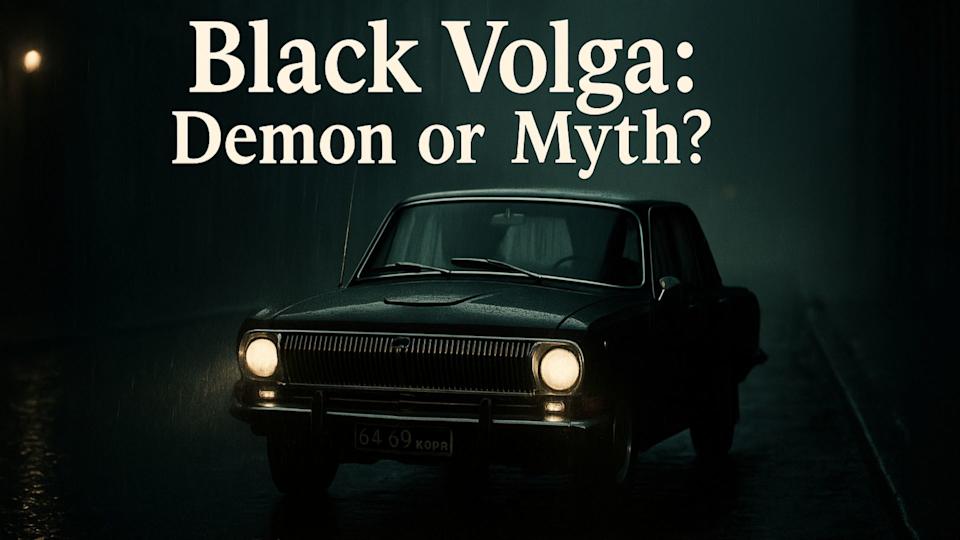Read the full story on Modern Car Collector

In kitchens and stairwells across the former Eastern Bloc, the warning was always the same: if a spotless black sedan with white curtains eased to the curb at night, don’t look, don’t answer, don’t linger. The “Black Volga,” as the tale spread from Poland to the wider Soviet sphere, became a paranoiac shorthand for a system where power moved quietly and questions carried consequences.
The legend centers on the GAZ-built Volga sedan, an official’s car whose dark paint, tidy drapery and unmarked presence were easy to read as authority. In the folk telling, the car appears without sound, idles outside apartment blocks and schools, and vanishes with anyone who draws too near. Rules emerged from rumor: avoid eye contact, refuse conversation, keep moving.
Daily Driven Collectibles: The Best Upgrades That Don’t Hurt Resale
Explanations multiplied. One version blamed secret police teams tasked with disappearances. Another shifted responsibility to organized criminal groups using government-style cars to intimidate. A more baroque strain veered into the occult, suggesting a phantom vehicle or a bargain with the devil — a supernatural gloss on very real fear. Each theory mapped neatly onto life under surveillance, where official sedans, closed offices and unexplained detentions were part of the landscape.
The real Volga was a product of its era: a durable state sedan assigned to ministries and enterprises, occasionally seen in taxi service and medical fleets. Its visibility — and the power it implied — gave the story a ready stage. A black car at night became a symbol for a bureaucracy that rarely explained itself, and a reminder that ordinary people did not decide who came to the door.
10 Must-Have Tools and Gear for the Modern Car Collector (Amazon Edition)
The myth endures because the conditions that birthed it still feel legible. A black, unbadged car conveys authority in any language. Digital platforms have given the story fresh reach, transforming a Cold War whisper into a modern urban legend, complete with lists of “rules,” retellings and retro photographs of curtain-lined sedans.
Folklorists note that such stories persist where accountability is thin and anxiety is thick. In that context, the Black Volga is less a ghost story than a coping mechanism — a way to name a vague, ever-present threat. Decades after the curtains were drawn, the sedan remains parked in the region’s imagination, a reminder that fear travels as fast as a rumor and lasts longer than any model run.








Comments